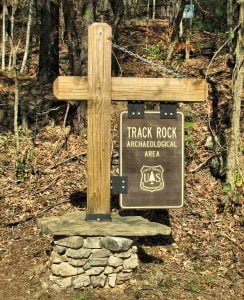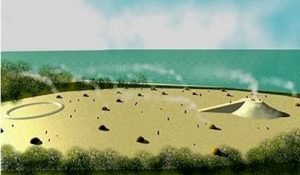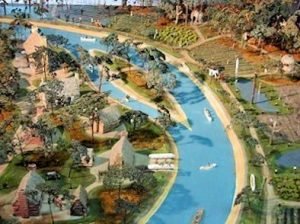Why the History of the Era is Confusing
Many people of Creek descent, who are not professional historians, have written me over the past few months with questions about the Creeks during the English Colonial Period. They are totally confused by the conflicting information presented by web sites, books, tour guides and historical markers. The information seems to vary by state. I feel their pain! I was in the same boat for years! I will try to give complete answers to their questions with a six part News Update – rather than answering everybody individually. I can’t emphasize enough that the most important source of confusion is the … Read more











